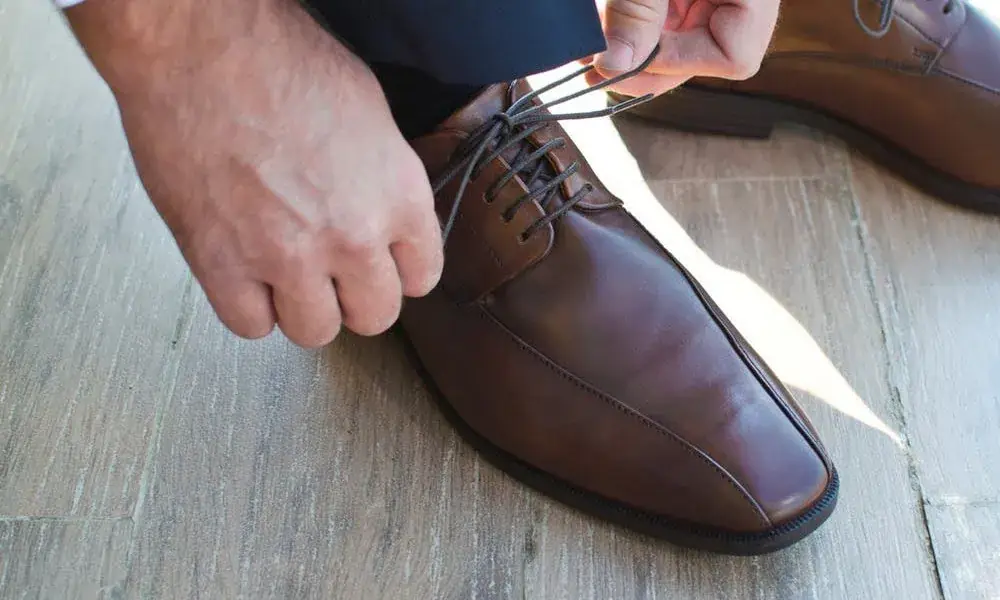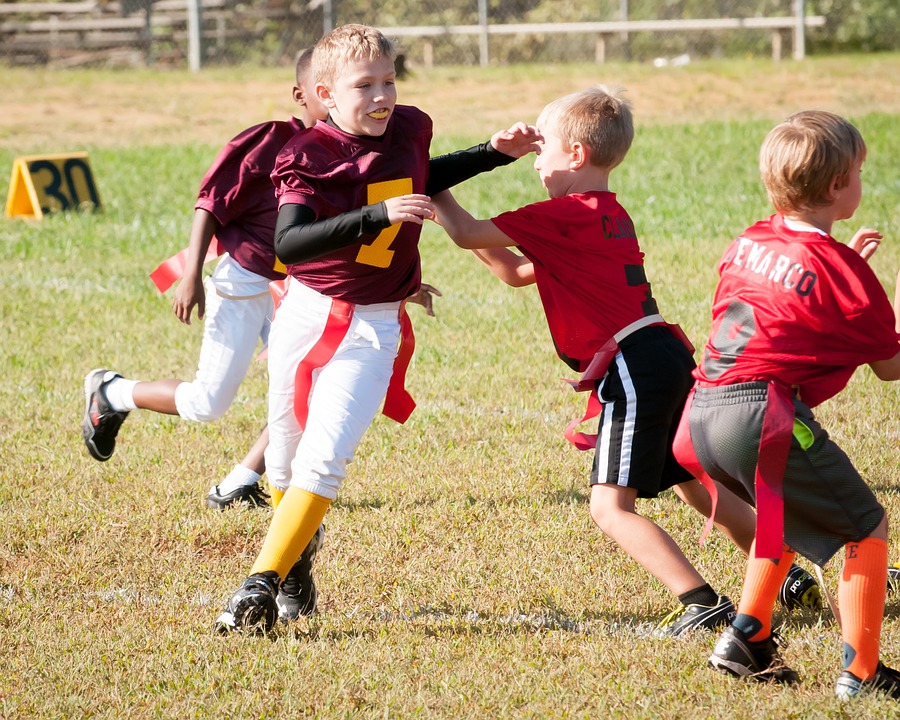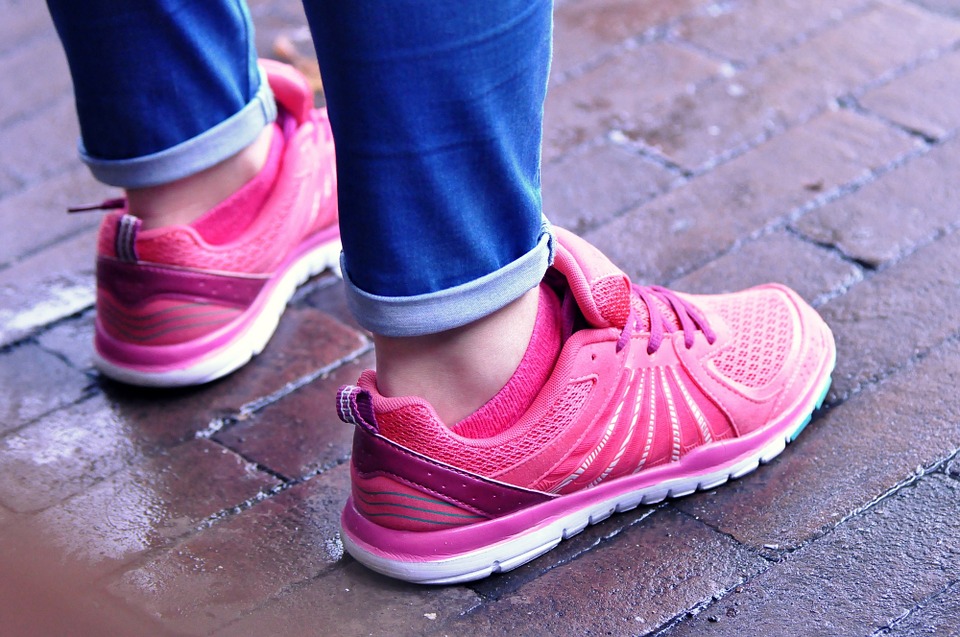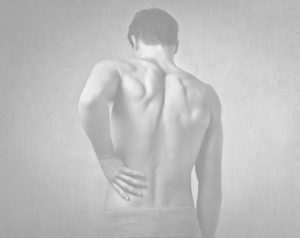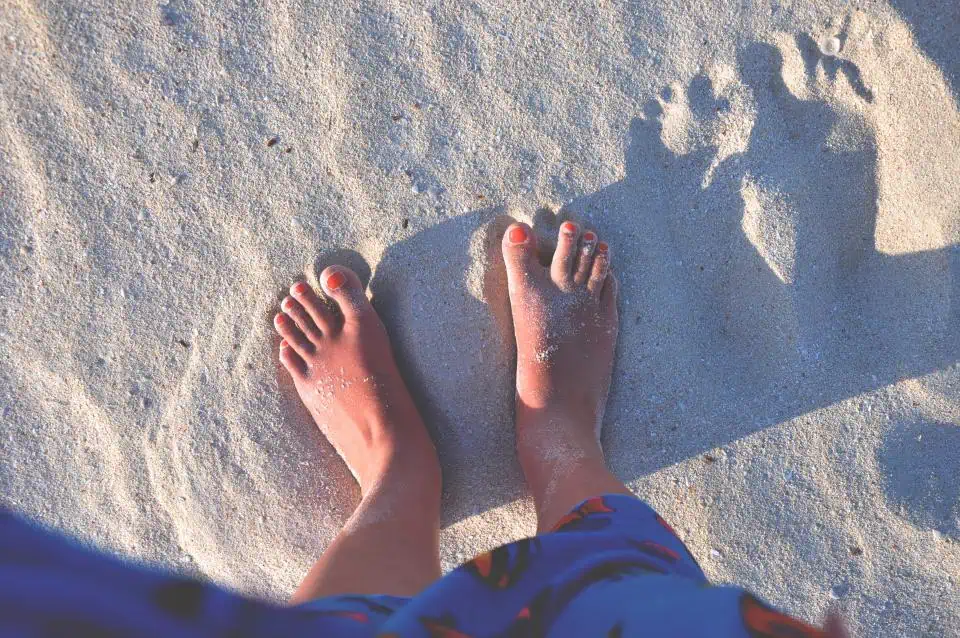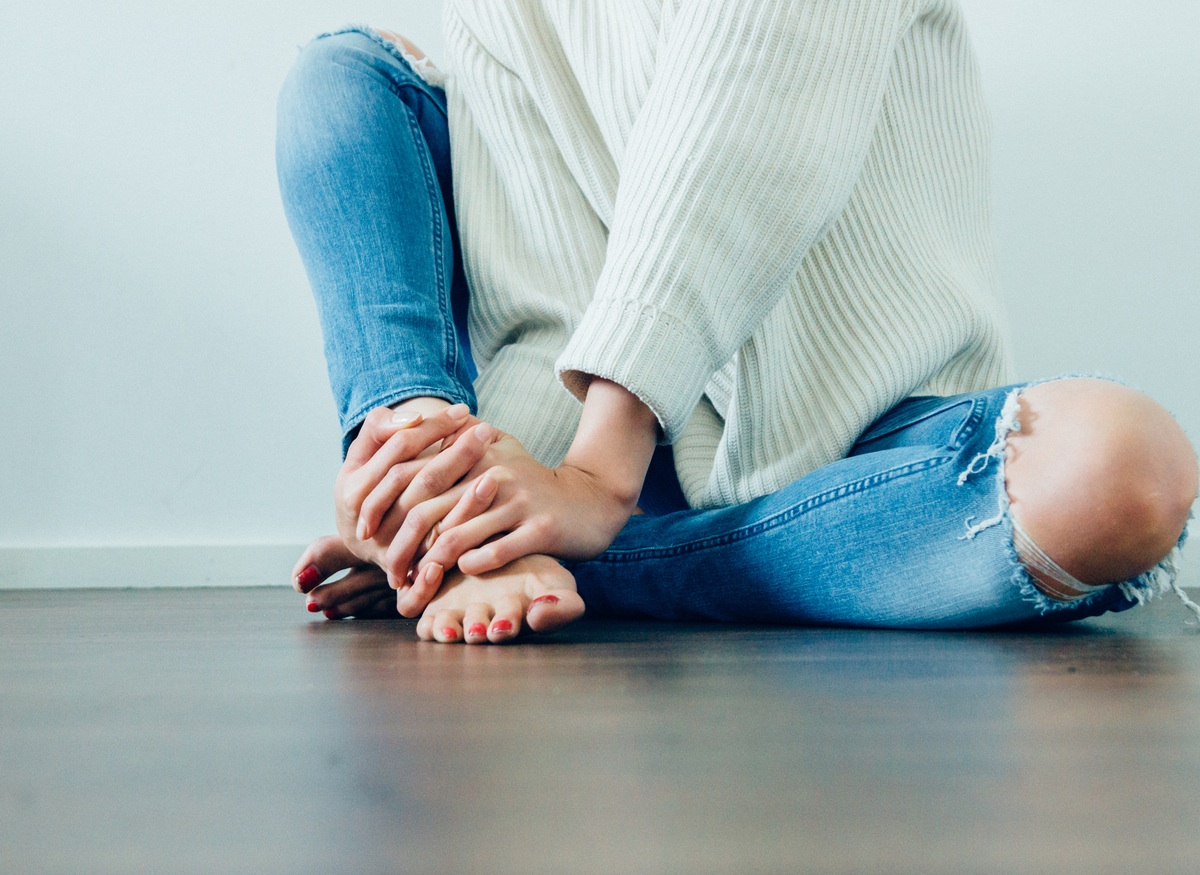Summer is finally here, and we all want to be outside enjoying the warm weather and sunshine! Unfortunately, increasing our activity level can cause unwelcome and nagging pain that limits our ability to walk, hike, or take on a running race. There is a solution however, so read on!
Today, let’s discuss custom orthotics and how they can likely benefit you. Custom orthotics can be very effective in treating many common issues including plantar fasciitis, tendonitis, and chronic joint pain.
If you are experiencing chronic, unresolved foot pain, custom orthotics might be right for you. Here’s why.
1. They are made for your foot, not anyone else’s
The over the counter shoe inserts (Dr. Scholl’s for example) only provide some additional cushioning and can’t compare to a prescription custom orthotic in arch and foot support. By the time a patient makes an appointment to see a foot doctor, they have often tried one or more different store-bought orthotics without much success or relief.
The process we like to use to make custom orthotics involves making a plaster mold of your feet in a biomechanically corrected/ideal position. This allows us to get an exact replica of your foot, which can be used to create an insert that is not only comfortable, but also highly supportive of any painful joints and tendons, and again, made specifically for you.
2. Technology has improved
Gone are the days of clunky, heavy inserts. Those were not pretty, they only fit in a few shoes and must have weighed five pounds each! But, they worked great and helped relieve pain.
The good news is, over the past 20 years or so, the technology and materials used for orthotics has greatly improved, so today’s orthotics are much lighter and thinner and can be used in a variety of athletic and dress shoes. This way, whether you are running a marathon, walking around the office, or attending a social event, your feet can have the support and comfort they need without having to be in tennis shoes all the time.
3. More comfort, less pain
Because that’s the whole point, right?
Most chronic foot pain is the result of daily wear and tear on the structures in your foot. Better, biomechanically corrected support results in less day-to-day damage and inflammation, and most importantly, less pain.
So whatever your particular foot aches and pains are, there is likely a custom orthotic option for you. I would encourage you to make an appointment to discuss what those options are. Even if you have had other inserts in the past that have not helped, I would recommend not giving up on orthotics just yet.
Come on in and discuss your options. Your feet will thank you for it.

